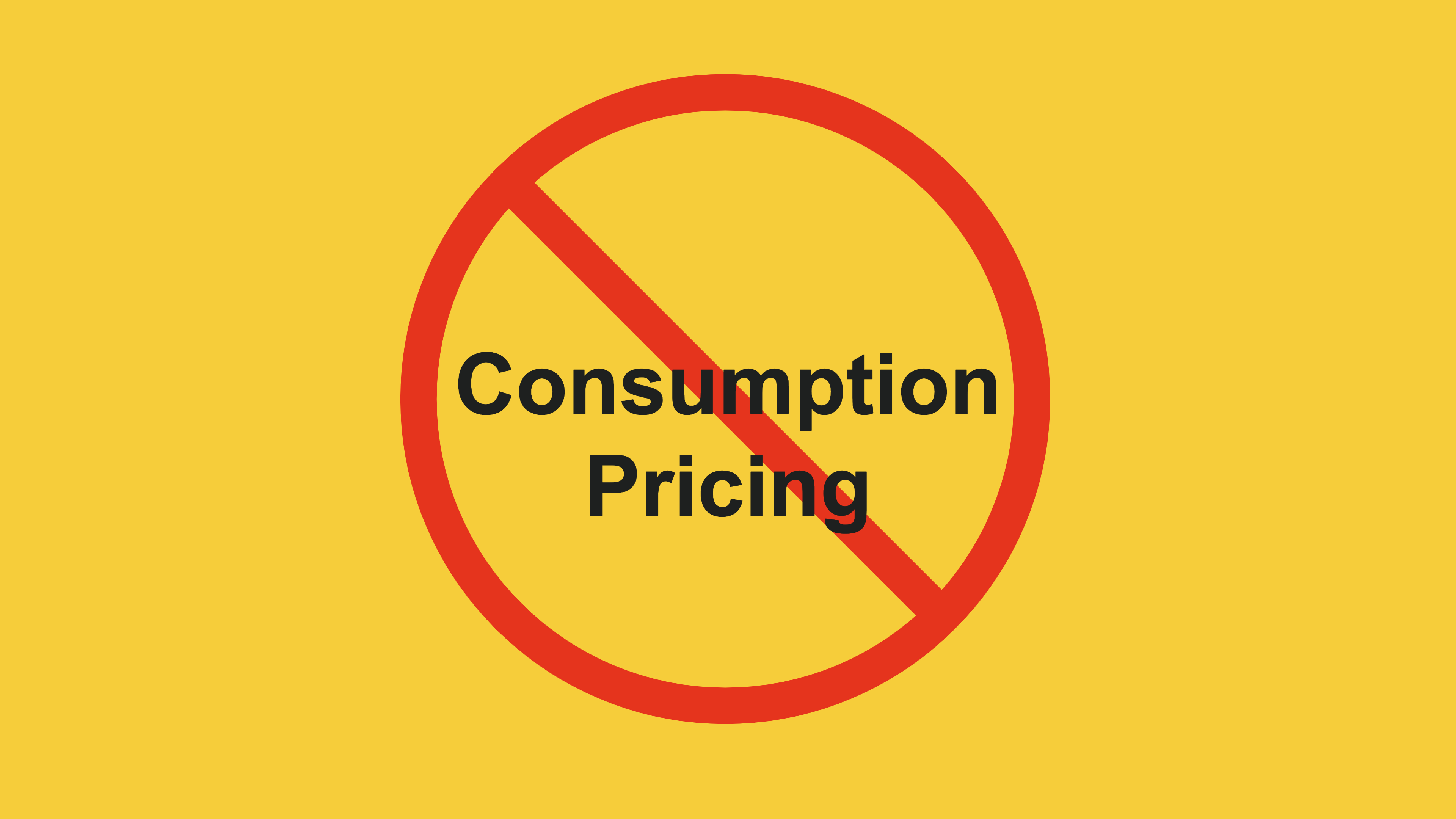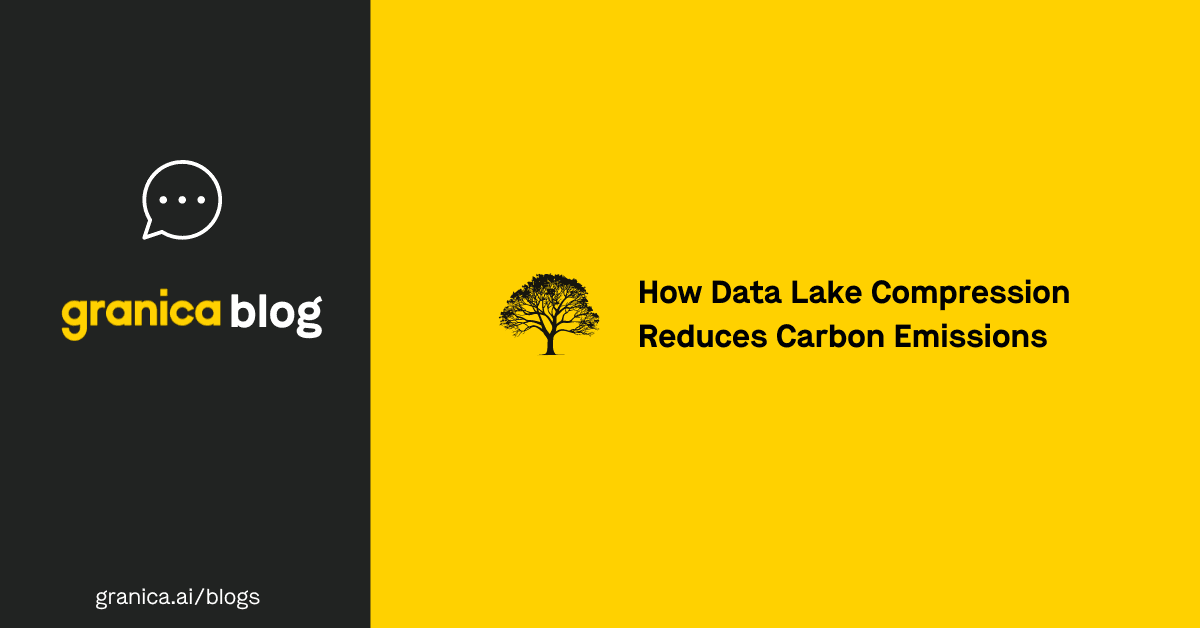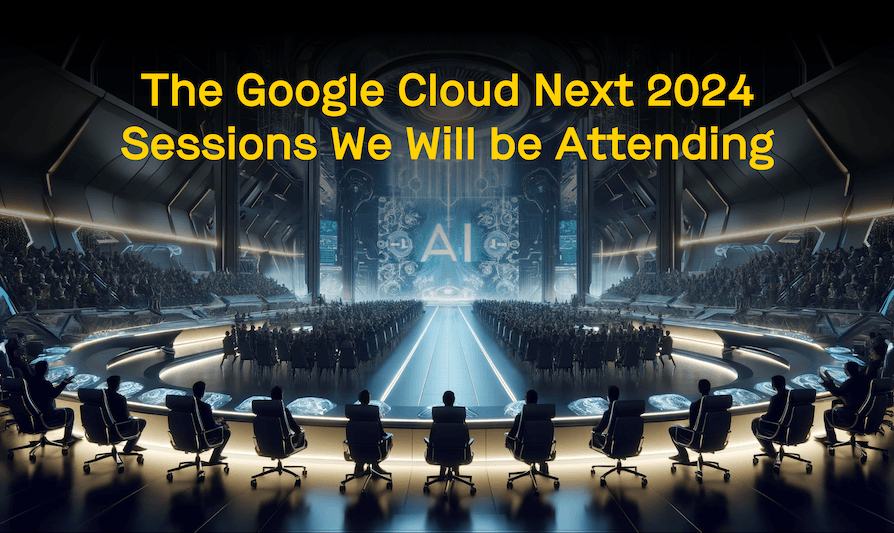Here at Granica we recognize that to really unlock value for our customers, and ultimately for ourselves, we need to innovate just as strongly with our business model - i.e. how we price and charge for our API services. We’re doing some really deep research, building some incredible core technologies, and exposing that tech via easy-to-consume, developer-first products. No surprise we’re super excited to bring these innovative capabilities to market and help enterprises maximize their ROI on AI. But we’re not stopping there. Let’s dig into the status quo business model problems and what we’re doing (very differently) to solve them.
The Problem Part 1: Building in Efficiency is Hard
It’s tough to be an AI/analytics leader these days as you have pressure coming from both sides. Your top priority is building high performing models that move the needle for business-critical KPIs. And yet, you’re also faced with another, new top priority - cut costs and get as lean and efficient as possible. The trouble is that building great products, whether powered by AI or not, must be guided first by effectiveness and only then by efficiency. A truism I’ve always liked that is very relevant here (and frankly in life) is “you can’t save your way to success”. And often the very way you found success doesn’t lend itself well to big efficiency gains and/or would cause a lot of disruptive rearchitecting of your apps and workflows.
The Problem Part 2: Consumption != Value
When consumption-based pricing (or “pay-per-use”) pricing was introduced it was a big improvement over the rigid CAPEX and depreciation-based approach that had been in place for decades. In particular it enabled faster innovation (i.e. more effectiveness!) for application teams. But it also had the effect of moving the purchase decision for infrastructure out of the hands of central IT and into the hands of the architects and developers actually building the products. The disciplines of FinOps and cloud cost management are helping here, especially for stable, predictable workloads which can take advantage of reservations. But refactoring for deeper, structural efficiency is hard even for such predictable workloads.
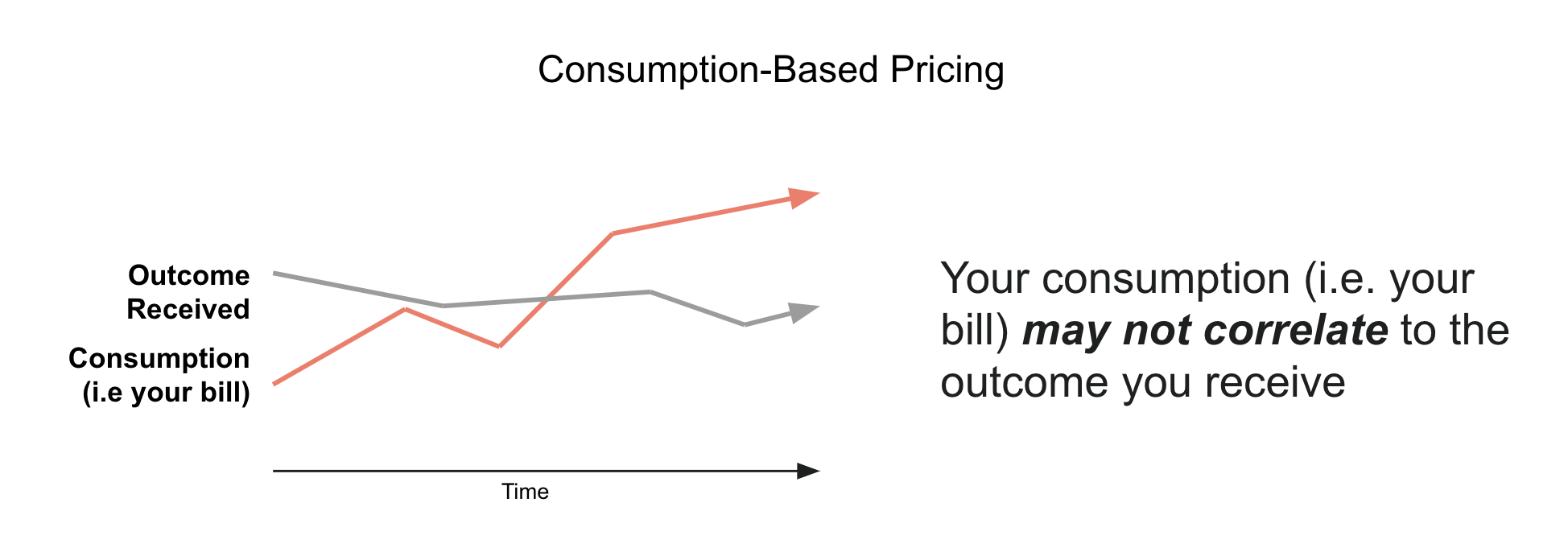
The situation is even worse for AI (and analytics more generally), because they are a lot less deterministic than other disciplines, meaning time and technology resource inputs don’t necessarily translate into results. But unfortunately, pretty much all the AI infrastructure, data and services you’re using today throughout your end-to-end pipelines are still metered and priced based on consumption. Which means regardless whether your AI initiatives are successful or not, your expenses are growing (and your vendors are quietly smiling). There’s lots of blather out there about “win-win” partnerships between vendors and their buyers, but in practice it’s hard to directly align incentives and much of that is because of consumption-based models.
Altogether this is a tough spot to be in. You know you need to get leaner and more efficient but the path to do so isn’t clear and consumption-based pricing models aren’t helping.
Outcomes Are What Matters
It turns out there is a familiar analogy we can use to guide us - the relationship between employees and employers. For most of us, our performance and ultimately how we get compensated is based on our achievement relative to our goals. In other words, the outcomes we delivered as measured by some KPI, not how many hours we worked or specific activities we did. Those latter things are useful leading indicators and are important to track, but what really matters are the outcomes.
What if you could essentially outsource the “job” of creating efficiency to a service, and only “pay” if the service delivers? This is exactly what we are doing at Granica, across all of our AI efficiency services current and future.
“Win-Win” for Real and In Practice
Big picture, our goal is to create the ultimate customer-centric business model and our core idea is simple and profound: the bigger the outcome we deliver the more you should pay us, and vice versa, i.e. if we don’t deliver any value you shouldn’t have to pay us at all. For each of our API-based products we’re taking on the hard challenge of identifying the specific, measurable unit of value we are delivering - the outcome KPI - and building our pricing around that. With such an outcome-based business model, our incentives are directly aligned with yours, and “win-win” finally becomes more than a slogan and instead something very real.
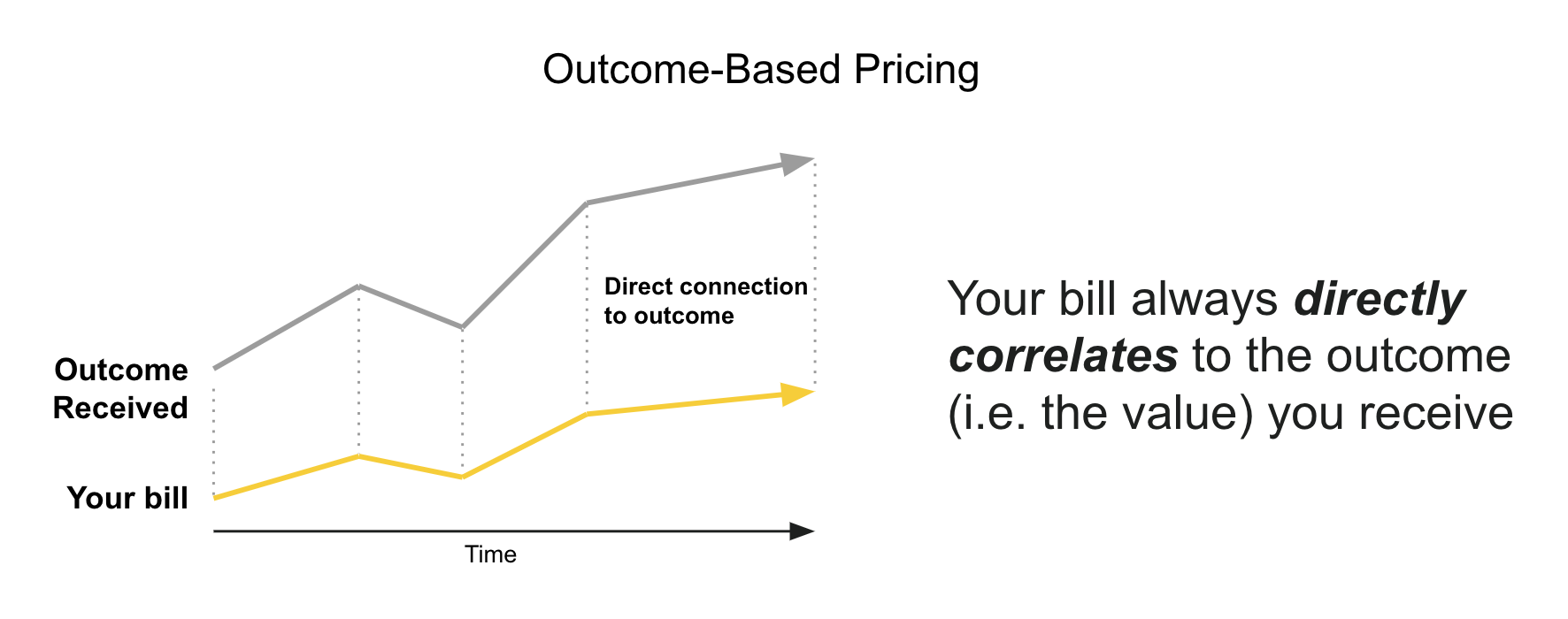
Let’s take a look at this in practice, using Granica Crunch, our data reduction service for petabyte-scale AI training data. First, Granica Crunch (and our broader platform) is free to deploy with no upfront costs. From there, the primary (though not only) outcome that Granica Crunch delivers is a reduction in your monthly cloud object storage bill across data at rest and data in motion. This reduction is calculated relative to your existing baseline, i.e. what you actually paid when using us (including our cloud infrastructure costs) less what you would have paid if not using us. We call that difference simply your “Savings”.
These savings are the true outcome generated by Granica Crunch, and so what happens next? You probably already guessed: we share it. You pay us a fraction of the savings and keep the majority. And if Granica Crunch turns out not to be a fit for your training data and it doesn’t save you anything, you don’t pay us anything. Check out our pricing page for more details.
There are some interesting implications of such a model. One is that we’re incredibly motivated to make our platform as lean and efficient as possible, since doing so generates greater savings for you and also more revenue for us. Talk about aligned incentives! Another is that there is no financial risk to try Granica Crunch out or to expand usage, and thus there is no need to find or allocate budget or to build complicated total cost of ownership (TCO) models. Our customers have told us that Granica Crunch doesn’t cost budget, it generates budget.
Join the Outcome-Based Revolution
In our view the future is about outcomes and not consumption. For us, Granica Crunch is just the beginning and we’re looking forward to sharing how we’re applying this same outcome-based approach to upcoming AI efficiency services such as Granica Screen and many more.
Want to discuss? Share your comments/questions below:
